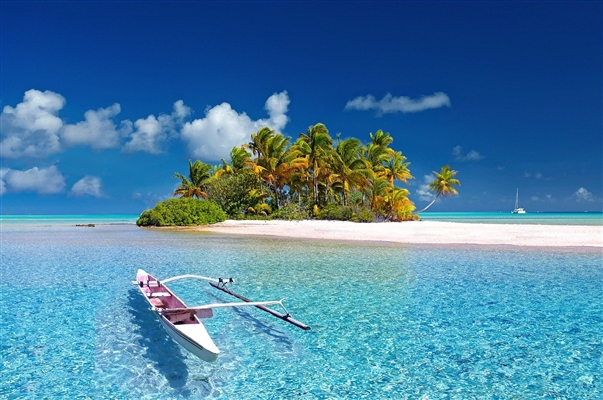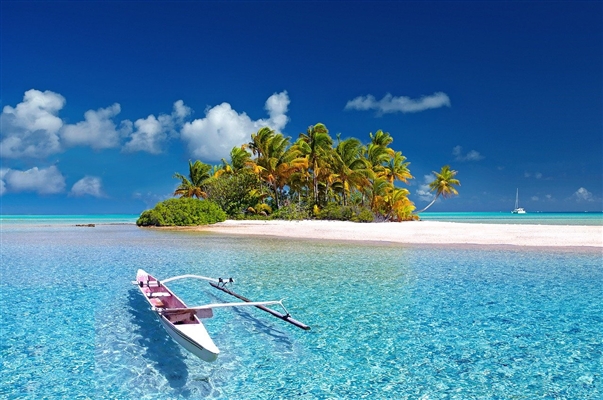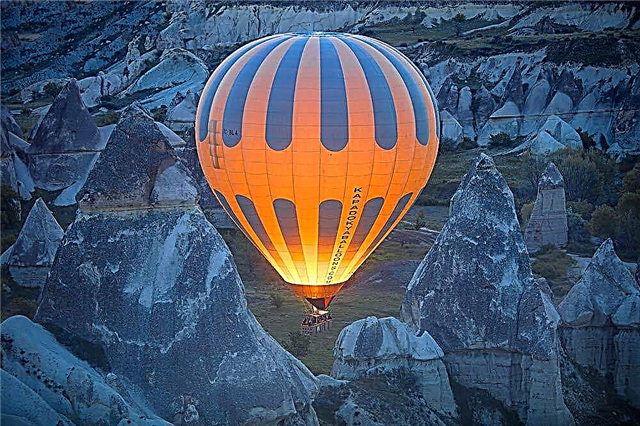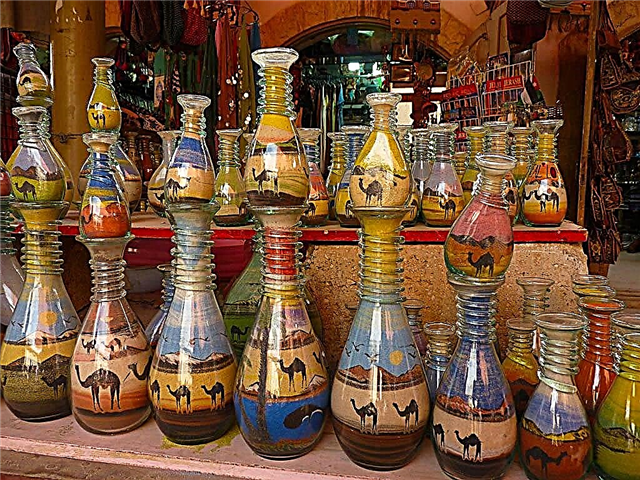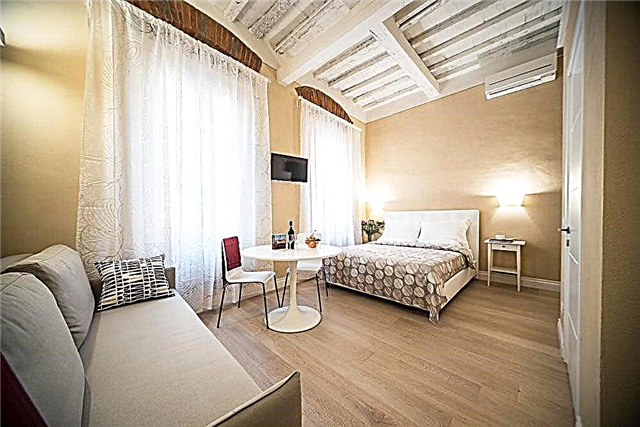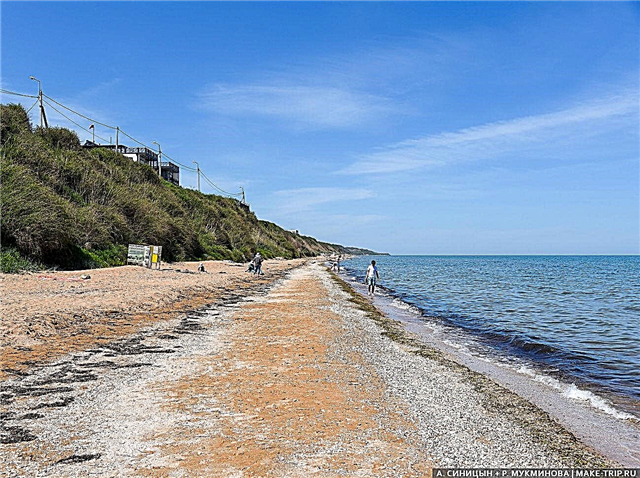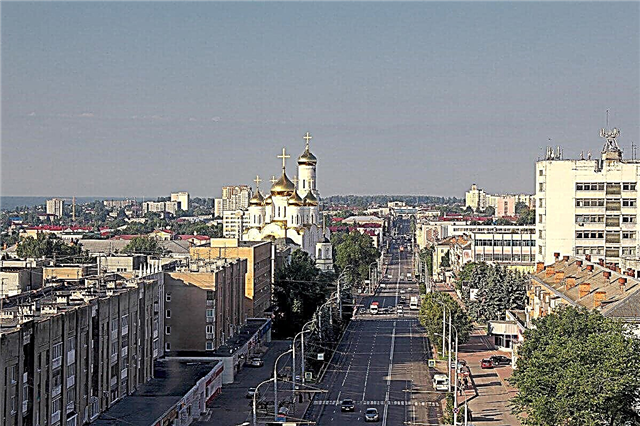The Bryansk region is the land of partisan glory. During the Great Patriotic War, these territories were occupied by the Nazis, and the local underground offered all possible resistance to the invaders. Many memorials and monuments have been created in honor of the heroic deeds of the war heroes. The largest complex is called "Partizanskaya Polyana" and is located 12 km from the city limits of Bryansk.
Architectural buildings of previous centuries have been preserved in the cities. Some of them are given over to post offices, schools, sanatorium buildings. For example, the house of the manufacturer Sapozhkov became the Vyunkov building in Klintsy, and the former synagogue in Starodub was rebuilt into a post office. Cities also have special specializations, such as the Dyatkovo crystal or the Karachev Christmas tree decorations. People travel to these enterprises with excursions from different parts of the country.
The largest cities in the Bryansk region
List of the largest cities in terms of population in the region.
Bryansk
The administrative center of the region is spread along both banks of the Desna. It has been mentioned in chronicles since the 12th century under the name Debryansk. Within the city, there is a decorative and park ensemble named after Alexei Tolstoy, where wooden sculptures are collected. The regional history, the history of the partisan movement and the literary museums of Bryansk are united, although they are located in different buildings.
Population - 405 thousand people.

Klintsy
The city stands on the Moskovka River. There are many architectural monuments in Klintsy, including the building of the former town hall, shopping arcades, Kaidanov's house and the Church of St. Nicholas the Wonderworker. There is a sanatorium "Vyunki" located in several buildings, including the country house of the manufacturer Sapozhkov. There is a correctional colony within the city, and since 2016 a military base has been under construction.
Population - 63 thousand people.

Novozybkov
Founded in 1701, the status of the city a hundred years later. There are 2 cathedrals and 3 churches in the city. The architectural monuments include: the building of the match factory, the noble assembly, houses that belonged to industrialists and merchants in the 19th-20th centuries. There is a museum of local lore, a gallery of Mikhail Nekhaichik and an exhibition hall at the library. The embankment is decorated with the "Phenomenon of Hodegetria", an arch with bas-reliefs and "Grieving Mother".
Population - 40 thousand people.

Dyatkovo
The city received its status in 1938. The Dyatkovsky Crystal plant is known throughout the country and abroad. A museum and a shop are open with it, during excursions you can see an extensive collection, make purchases, and also visit a production facility. In 2003, the Burning Bush Memorial Temple was built. In the southern part of Dyatkovo there is a spring "White well" with a font.
Population - 26.5 thousand people.

Unecha
A large railway junction has had city status since 1940. In 1995, the memorial complex "Monument to fellow countrymen who died in the wars of the XX century" was solemnly opened. The Holy Annunciation Church was destroyed during the Soviet era, and in the 90s it was rebuilt. The Assumption Church has a long history. The current stone building replaced the wooden one in 1825.
Population - 23.5 thousand people.

Starodub
Located in the south of the region. During its long history, it belonged to different provinces. The main architectural and religious attraction is the Christmas Cossack Cathedral, dated 1677. Architectural monuments - the former synagogue building, now given over to the post office, merchants' houses, the Epiphany Church. In Starodub there is a memorial sign in honor of the visit to the city by Catherine II.
Population - 18.5 thousand people.

Karachev
One of the oldest cities in the region. In the past it was the capital of the principality. Sightseeing: Cathedral of Michael the Archangel, Fire Tower, Nikolskaya Church. On the eve of the New Year, people come here on excursions from all over Russia: a plant for the production of Christmas tree decorations operates in Karachev. It has a museum and a shop where you can order a glass ball painting.
Population - 17.5 thousand people.

Zhukovka
Located in the north of the region. Over the past century, the building of the city has changed a lot: wooden houses, which are either demolished or bricked, have practically disappeared, buildings higher than one floor have appeared. The motorcycle plant, known for the production of Desna bicycles, continues to work now. The most remarkable place in Zhukovka is the People's Friendship Park.
Population - 16.5 thousand people.

Seltso
From here to the center of Bryansk 28 km. The economy is based on a chemical plant, meat and timber plants, as well as on a group of companies under the general name Mineralnye Vody. Forest resources are more than 1300 hectares. The city has 14 monuments to the heroes of the Great Patriotic War. Among them: the memorial complex with the Eternal Flame, the mass grave of the tankmen of the 50th army and the monument to the partisan Vara Vasyukova.
Population - 16.5 thousand people.

Pochep
Located in the very center of the region. There are 4 Orthodox churches in the city. The main attractions: the Walk of Fame, the house of the composer Blanter, the local history museum, the ramparts of the old fortress, the T-34 tank monument. The People's Firefighter Museum is controversial over its appropriateness. Also, disputes go over the territory that the complex occupies.
Population - 16.5 thousand people.

Trubchevsk
It is located 94 km south of Bryansk. In early sources the city is named differently, but the root of the name remains unchanged. The sights of Trubchevsk include: a planetarium, Holy Trinity Cathedral, a museum of local lore, the ruins of the Choln monastery, a fire tower, and the Kvetun settlement. Among the monuments, the sculpture of the ancient Russian storyteller Boyan stands out.
Population - 14 thousand people.

Fokino
Named after the revolutionary Ignatius Fokine. The distance to Bryansk is 16 km. The central part of the city was built up after the war by captured Germans. The town-forming enterprise is the Maltsovsky Portland Cement cement plant. Sightseeing: Lake Krugloye, Church of the Nativity of the Blessed Virgin Mary, a monument to the cement soldiers who died during the Great Patriotic War.
Population - 13 thousand people.

Surazh
Located on the Iput River, 14 km to the border with Belarus. One of the symbols of the city is the chapel-tomb, erected in 1907. In Surazh, an Alley of Heroes has been created, and a museum of local lore is working. Nearby, in the village of Lyalichi, the estate complex of Count Zavadovsky has been partially preserved. It is surrounded by an English-style park, but the area is very neglected.
Population - 11 thousand people.

Mglin
One of the oldest cities in the country was founded in the XII century. In 2013, the Dream complex was opened with gyms and a swimming pool. In the first half of the 19th century, the Cathedral of the Assumption of the Mother of God was built in the city in honor of the victory in the Patriotic War of 1812. The prison building and the police department were also erected in the nineteenth century. A public garden is laid out near the main square.
Population - 7500 people.

Sevsk
The southernmost city of the region is based on a tributary of the Nerussa. The historical center of Sevsk is called Gorodok. Its fortress walls, unlike the mound, have not survived. There are 2 Orthodox monasteries and 4 churches. One of the oldest buildings in the region is the ensemble of the Transfiguration Monastery. A cluster of mammoth remains was found near Sevsk. The skeleton of a mammoth is kept in a local museum.
Population - 6500 people.


